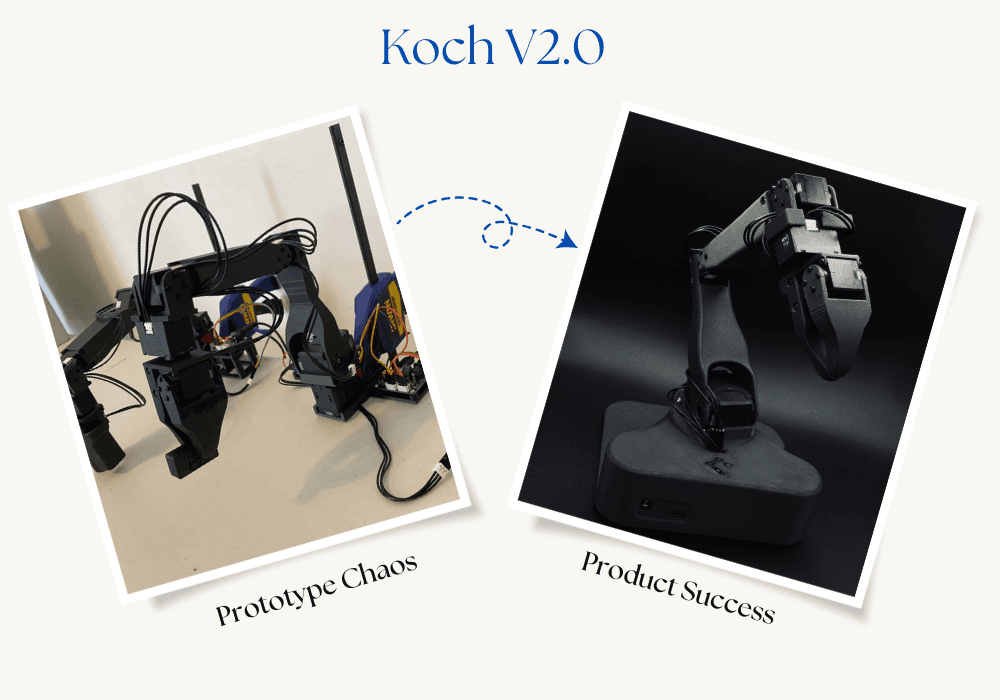Designing and Fabricating an Award Winning Minesweeper Robot
Awarded Best Mechanical Design in the 2022 Academia Minesweepers International Competition.
In 2022, a group of ambitious engineering students from Suez University, united under the banner of IEEE Student Branch, set out on a mission far bigger than themselves: to design a robot capable of sweeping deadly landmines. What began as a campus project soon grew into an international success story.
At the Minesweepers International Competition – Academia Category, our robot was awarded the title of Best Mechanical Design. This wasn’t just a trophy, it was proof that with determination, creativity, and teamwork, students can tackle some of the world’s toughest challenges.
Why Minesweepers?
Landmines are silent killers, claiming lives long after wars end. The Landmine Free World Initiative challenges young engineers to build solutions that make the world safer. For us, it wasn’t just about competing—it was about contributing to a humanitarian cause through engineering.
The Journey of Building the Robot
Step 1 – Studying the Rules
We began by carefully studying the competition’s rules, guidelines, and constraints. This gave us a clear framework on dimensions, weight, mobility, and functions that the robot must follow.

Step 2 – Research & Reference Design
We carried out extensive research on existing robots and previous competitors, analyzing strengths, weaknesses, and performance in real scenarios. After benchmarking multiple designs, we selected the Husky Robot as our main reference.
3D Model Preview Link

Its proven balance and terrain adaptability gave us a solid base. Still, we customized it with key modifications, such as a collection mechanism and design adjustments, to better fit the competition requirements.
Side-View Illustration of the Design We Settled On

Step 3 – 3D Modeling & Engineering

With the concept set, I created the full 3D CAD model of the robot using Fusion 360.

Designing the main chassis (body frame) with modular joints for easy assembly and maintenance.

Integrating wheel design and positioning for maximum stability and maneuverability on rough terrain.

Creating dedicated mounting points for electronics, while ensuring accessibility for wiring and maintenance. For that, we designed a door hinge on the top cover, which allowed quick access to internal components while keeping them well protected during operation.


Developing the collecting mechanism—a system designed to gather the competition’s “mines,” which were represented by cube-shaped objects. The mechanism was engineered to be lightweight, efficient, and seamlessly integrated with the chassis.

From this stage, I exported all necessary DXF files, sheet metal flat patterns, bending drawings, and manufacturing-ready files for production.


Step 4 – Manufacturing & Assembly
We fabricated the robot based on the CAD outputs. During assembly, real-world issues like misalignments and stress points showed up. Each problem was solved with practical modifications to strengthen the design.

Step 5 – Testing & Iteration
The prototype went through rigorous testing on rough terrains. We faced challenges such as motor overheating and weak joints, but through multiple iterations we refined the design step by step.
Step 6 – The Final Robot
The final version was robust, balanced, and reliable, a design strong enough to win Best Mechanical Design (2022) in the Academia category.
The Moment of Triumph
When the judges announced our robot as the winner of Best Mechanical Design, the room erupted in applause. For us, it was more than recognition—it was validation of countless hours spent designing, testing, and believing.

The news spread quickly. Al Jazeera Egypt, El Balad, Ahram, El Watan, and Al Bawabah News all shared our achievement, shining a spotlight on the innovation brewing inside Egyptian universities.
My Role & The Team
I was the Head of the Mechanical Team, leading the design and development of the robot’s mechanical systems. Our competition group was divided into three teams: Mechanical, Electrical, and Software (Coding). Each team had its own responsibilities and space to innovate, but we worked closely together, ensuring smooth integration of all systems into one functional robot.
My main responsibility was guiding the mechanical design process, ensuring that every part, from chassis and wheels to the collecting mechanism- was practical, manufacturable, and ready for integration with electronics and software.
While I am proud of my role, I must say: my team is the real hero behind this achievement. Their dedication, collaboration, and passion turned an ambitious idea into a working, award-winning reality.
Beyond the Competition
Winning this award wasn’t the end; it was the beginning. The experience taught us how to approach problems with creativity and resilience, and it shaped my own journey as a designer. Today, I continue to apply those lessons in product development, helping bring innovative ideas to life.
Because in the end, the Minesweeper Robot wasn’t just a machine. It was proof that a group of young engineers can design hope, and hope is the strongest design of all.


















